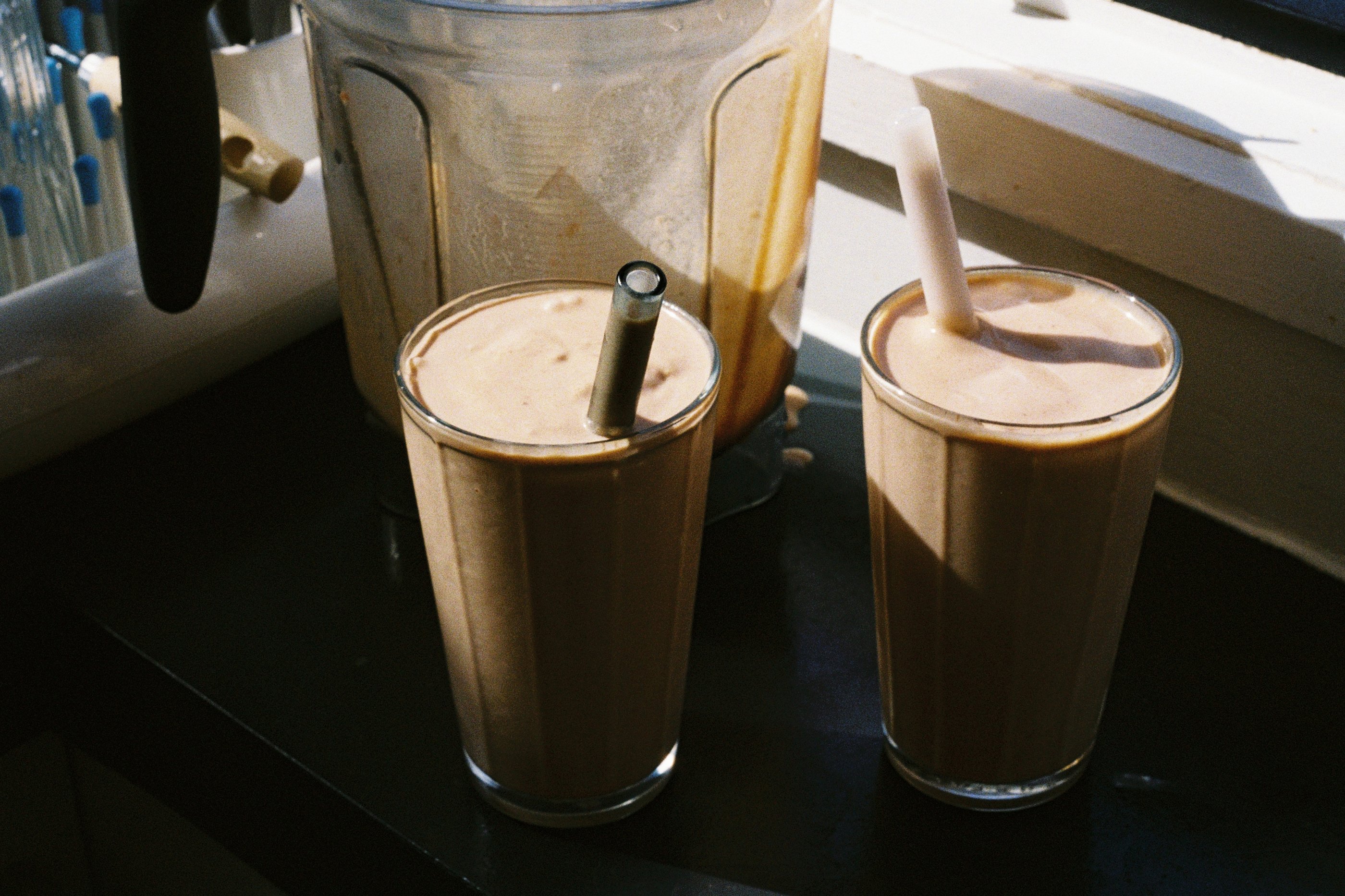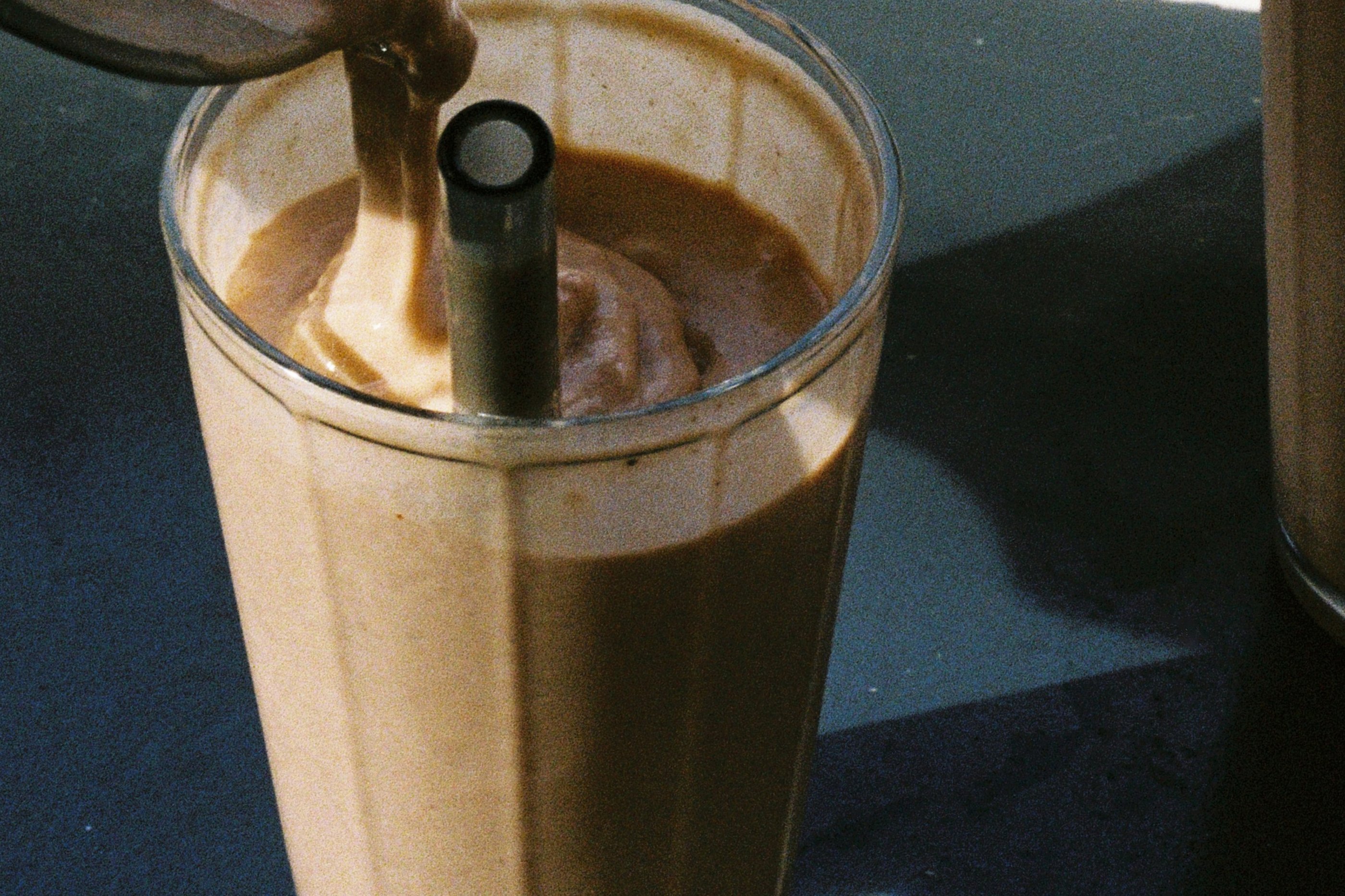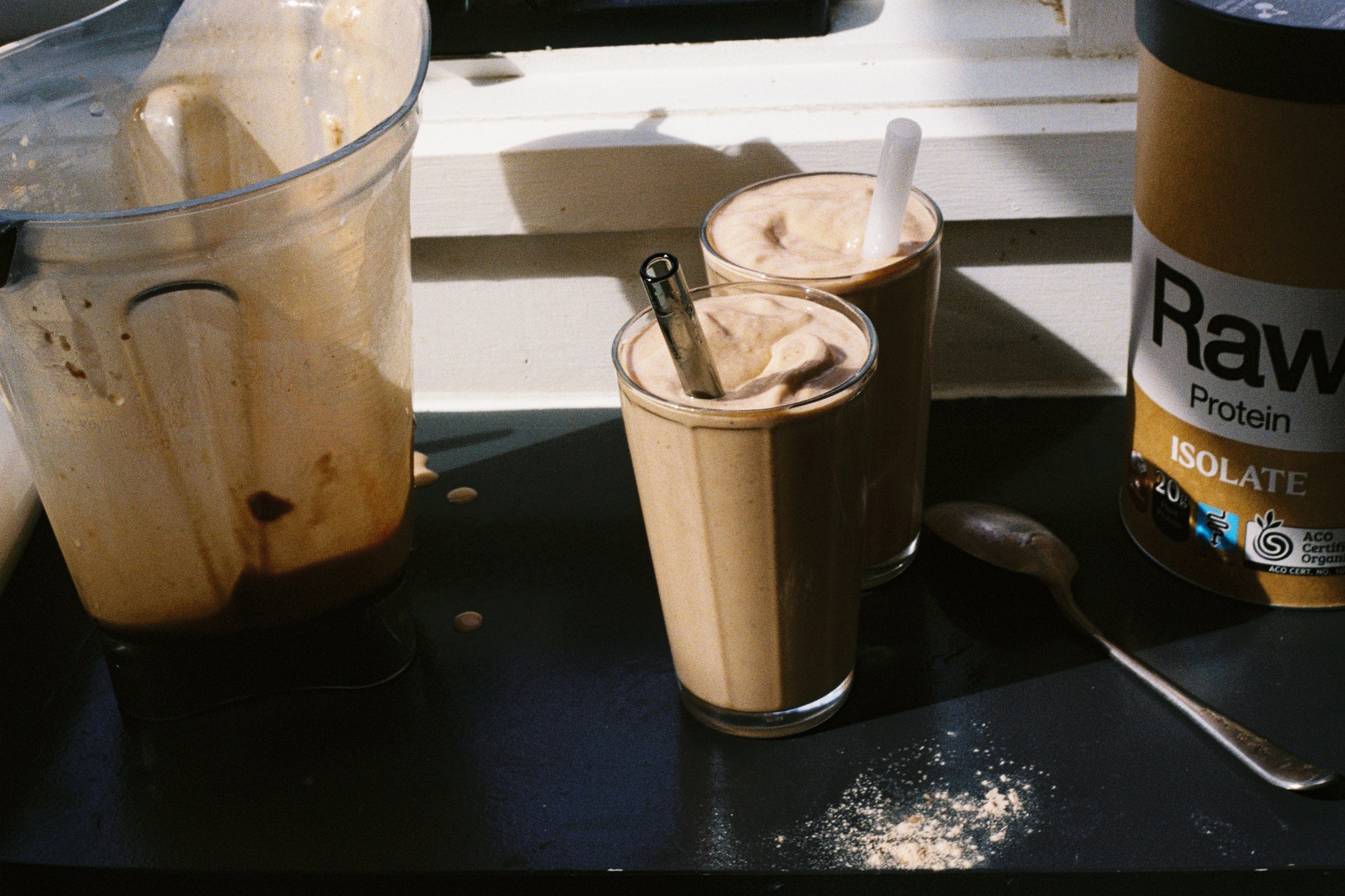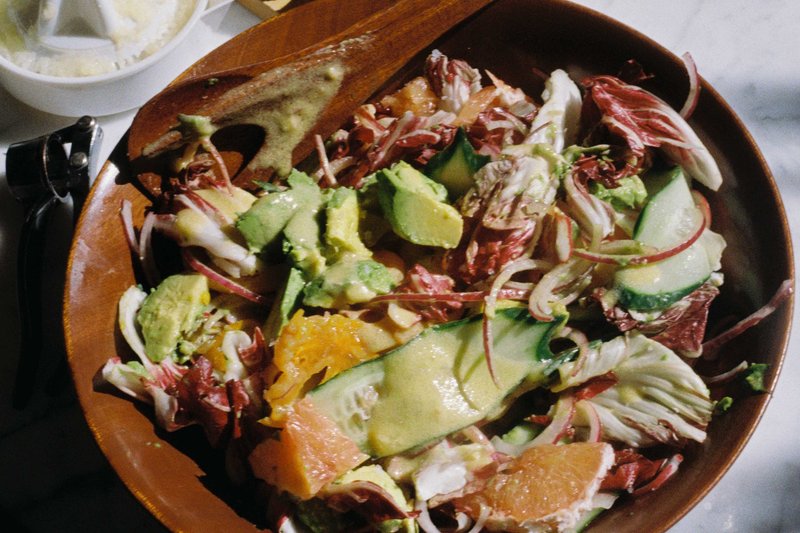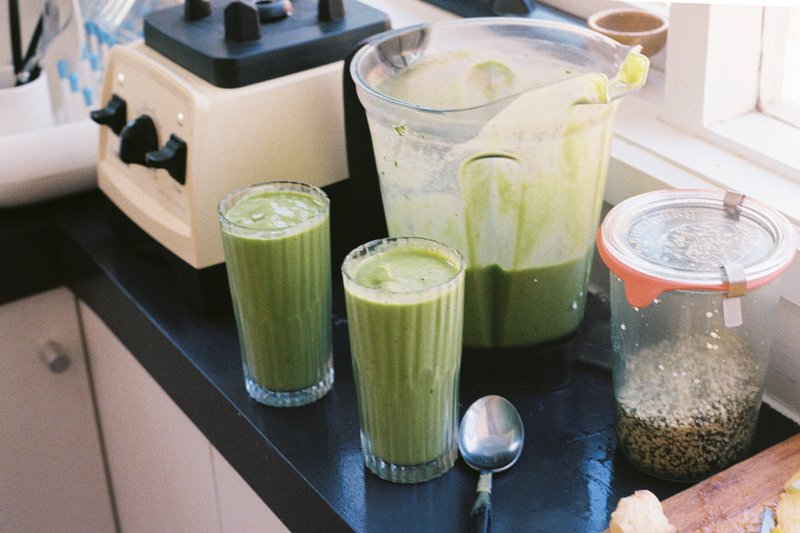Sources of plant protein
Protein is composed of 20 amino acids, 11 of which your body produces and 9 of which you can only obtain through food. The term "complete protein" refers to a food source that has all 20 amino acids — which plant sources rarely do, but then there is food combining which will get you there, providing this complete source of nutrition. Just think of beans and rice, almond butter and oats or if you are like me, Quorn vegan nuggets made from Mycoprotein dipped in hummus. The more healing, whole plant foods you get into your body means the more essential nutrients you’re getting like antioxidants, fibre, vitamins, minerals, healthy fats and cellular water.
When you’re eating a lot of plants and a huge variety, the protein adds up. That and eating plant-based teaches you that you can find protein in some surprising places. For instance, a small head of ultra-detoxifying and sulfur-rich cauliflower contains 5 grams of protein. At first, it was a little daunting because when you’re used to eating a certain way your whole life but start somewhere and when you feel the change you’ll want to go deeper.
Plant protein powders: varies depending on the brand, 63 grams - 83 grams per 100 grams
I rotate between a few protein powders but Amazonia RawFIT Performance Protein is my current favourite and with 31.6 grams per 30 gram serve it is so easy to obtain my protein requirements. A blend of Sprouted, Fermented Golden Pea Protein and Organic Sprouted Brown Rice Protein, Amazonia’s RawFIT Performance Protein is complete body support, delivering all nine essential amino acids in a quickly digestible and bioavailable vegan protein powder to provide the body with direct nutrition to rebuild lean muscle and enrich the hair, skin and nails. Recovery Blend (Marine Magnesium, Montmorency Tart Cherry) combine to support post work recovery.
Cannellini beans: 15 grams per ½ cup
I tend to think of my meals as simple equations, adding two or three base ingredients together, this works well with regards to food combining. My staple lunch tends to involve sulfur-rich vegetables like cauliflower and broccoli with beans and lentils and avocado. And for when avocado is no longer in season, these smoked beans on sourdough are the goods.
Tempeh: 15 grams per ½ cup
Tempeh is fermented soy, a slightly different product to tofu with a lot more protein. My partner and I love tempeh pan-fried with liquid smoke and sea salt with a jar of vegan aioli. Simple but good.
Tofu: 10 grams per ½ cup
Not for everyone, I’ll eat tofu once every other week, it may or may not be directly related but my skin is better with less soy in general. I love tofu pan-fried with good quality olive oil and sea salt tossed into salad bowls or a noodle stir fry.
Immature soybeans / edamame beans: 8.5 grams per ½ cup
Inspired by my local Ha Poke, edamame blanched and tossed into vegan poke bowls with double tofu, avocado and vegan mayo is a favourite. Edamame will complete any plant-powered bowl.
Lentils: 8.84 grams per ½ cup cooked
A favourite during colder months, lentil dahl is warming and deeply nourishing. Just add to quinoa or brown rice, with a big side of steamed cruciferous vegetables. It will simmer stovetop or a half-hour there's no real prep work involved making it a perfect weekday meal for when you don’t want to do much of anything.
Quinoa: 8 grams per cup cooked
It’s the basics that make it really easy to have a meal ready in under a half-hour. And so each week I’ll cook up a cup of quinoa and pop it in the fridge to have throughout the week. Our cauliflower chickpea curry, a house favourite is ridiculously satisfying as the temperature drops. For lunch, roasted, mashed kumara with a little coconut butter and sea salt served with quinoa and topped with a large spoonful of hummus and hemp seeds. So simple, so good.
Chickpeas: around 7.25 grams per ½ cup cooked
There’s usually a jar of chickpeas soaking on the window sill. I love them with a little olive oil, sea salt and turmeric tossed into salads, or during cooler months in a chickpea curry. Each week I prepare a big batch of hummus, my partner goes through tons of it. I love an ultra-creamy hemp seed version or just keep it classic spread on sourdough toast with avocado, a big spoonful of sauerkraut or kimchi.
Oats: 6.75 grams per ½ cup
So many mueslis are overly complicated with difficult-to-digest combinations of nuts, seeds and grains, too dense. I prepare oats soaked in almond or oat milk each morning for my partner and I. They’re easier to digest this way. I mix chia seeds, LSA, nut butters, adaptogens through it. Medjool dates on occasion. Oats are my superfood.
Raw almonds and nut butters
I like nutrient-dense protein and fat dense snacks like almonds and nut butters, they’re easy. A typical serve of raw almonds, roughly 23 almonds provides 6 grams of protein, while almond butter contains some 3.4 grams of protein per tablespoon. And, if you’re keeping it classic, peanut butter has around 4 grams of protein per tablespoon. I always have several jars of Fix and Fogg nut butters in the pantry, they’re wonderful — their ethos: handmade by humans who care about quality. They’re also Living Wage accredited and give back to their community.
Hemp Seeds: 5 grams per tablespoon
I usually have hemp seeds on hand, they provide the perfect ratio of omega-6 and omega-3 EFA's — and are another bioavailable complete protein rivalled only by spirulina. My partner adds hemp to most meals and I blend them into hummus and basil pesto.
Spirulina: 4 grams per tablespoon
At 60% protein, it’s the highest of all the natural foods. A blue-green algae, spirulina is a highly bioavailable complete protein containing all the essential amino acids. My friend and flatmate blends it into his smoothie each morning, while I’m still working on getting back into the ritual that is juicing — at least one 500 ml of cold-pressed greens a day with a tablespoon of spirulina mixed in.
Chia seeds: 2 grams per tablespoon
Chia seeds feature on my clear skin food list, packed with antioxidants to nourish you on a cellular level. I’ll add chia to my oats, they have enough fibre to keep you full for hours. The omega-3s in chia seeds , however, are mostly ALA (alpha-linolenic acid), which needs to be converted into the active form eicosapentaenoic acid (EPA) and docosahexaenoic acid (DHA) before your body can use it. Mike Perrine, perhaps best be described as the master of detoxification, vegan chef, owner of Vitality NYC recommends ALA and DHA, B12 and D3 supplements for anyone eating vegan long term.
Your protein intake will depend greatly on your personal health goals, activity levels et cetera, but there’s no need to become overly preoccupied, eat a balanced diet, listen to your body. Just start, you’ll love the feeling and once you see results you’ll want to keep on.
